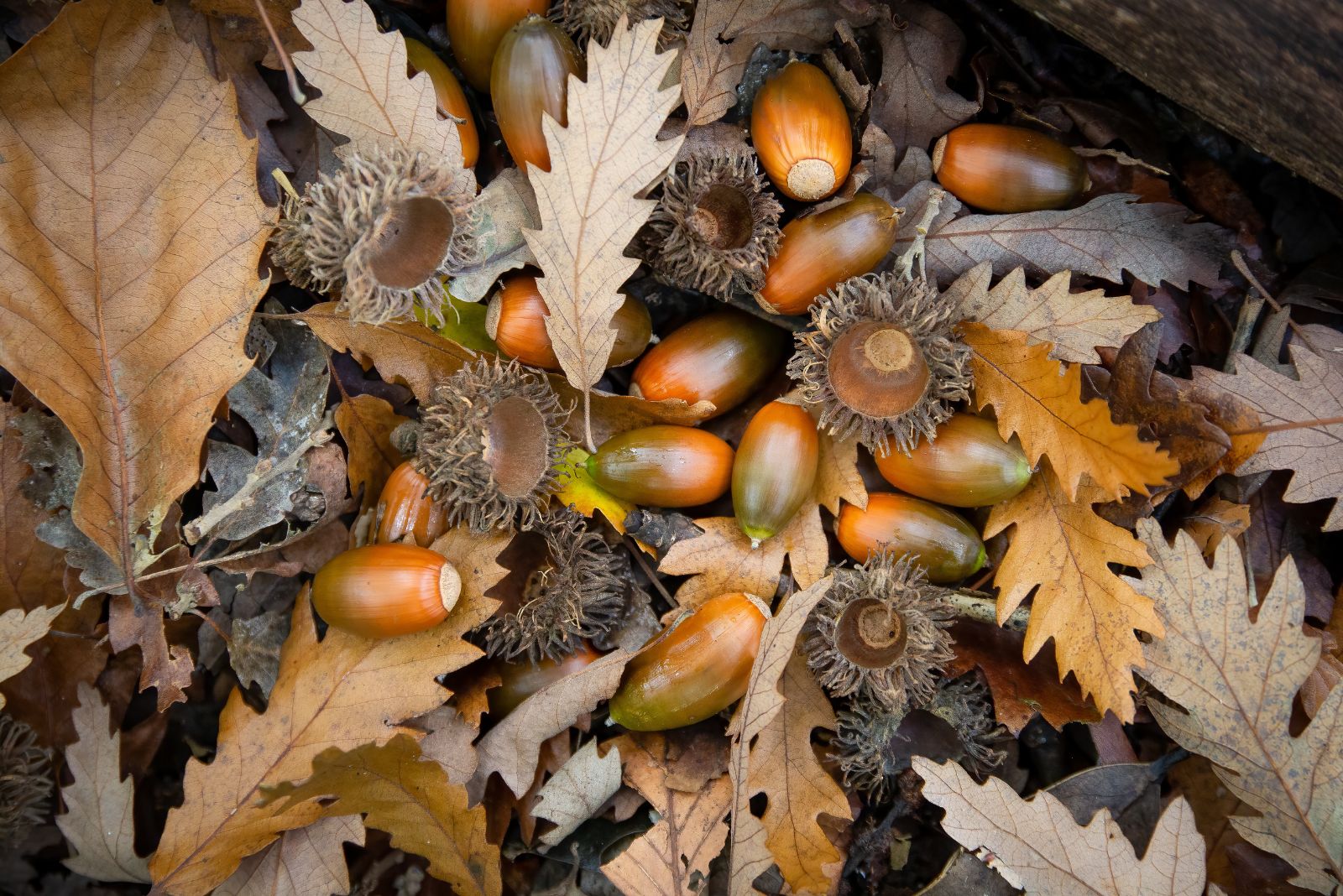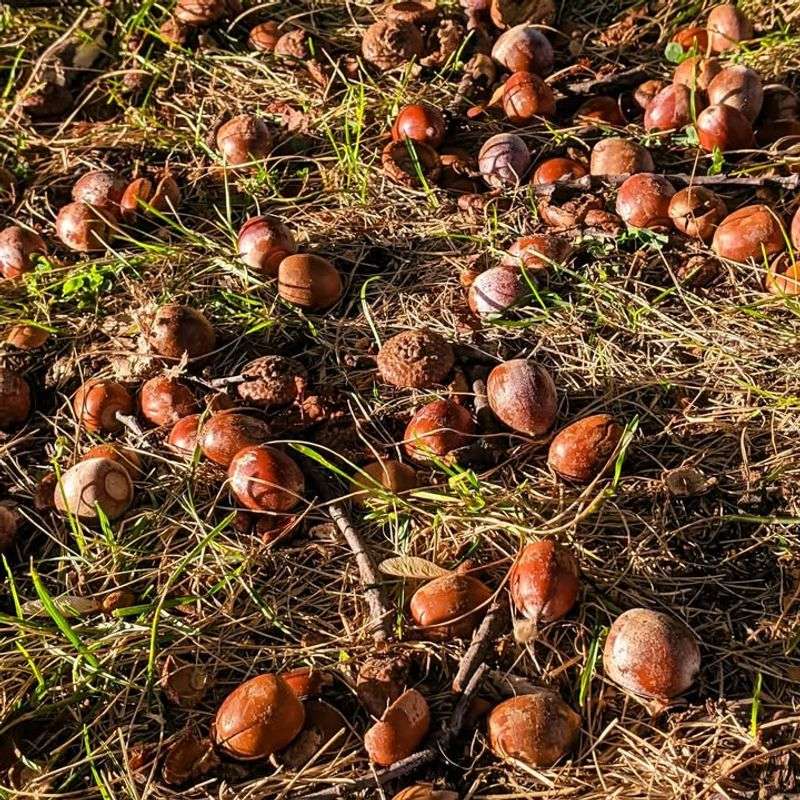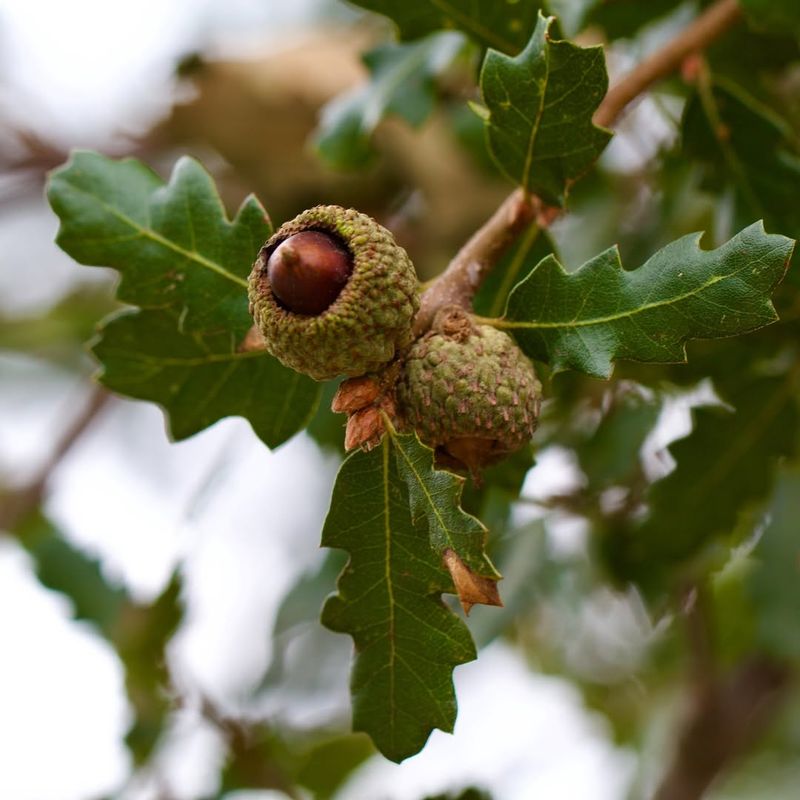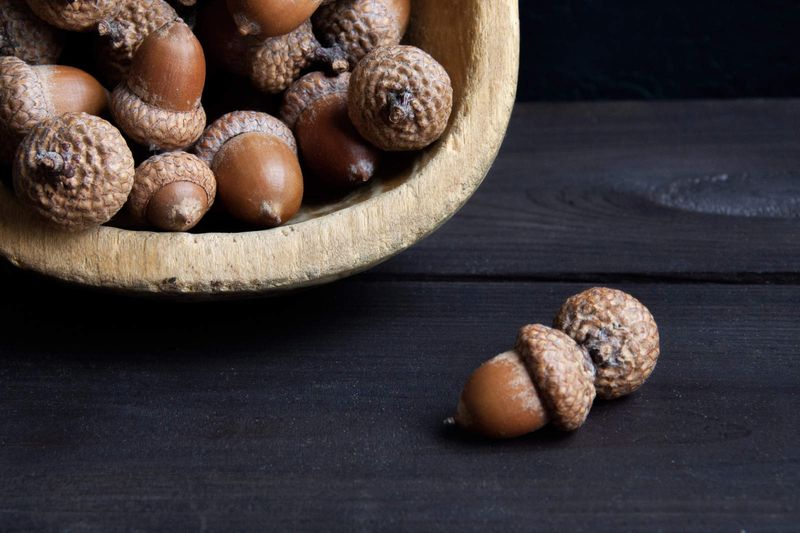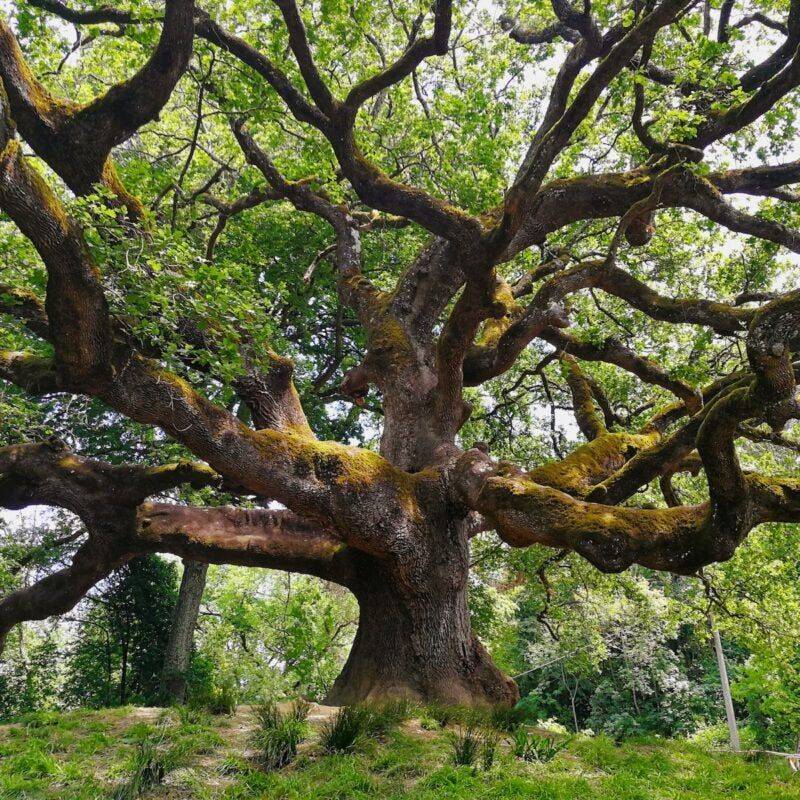Acorns seem to be dropping in New York like rain this year, piling up on lawns, driveways, and sidewalks faster than many homeowners can scoop them. What looks like a simple bumper crop often signals bigger forces at play high up in the canopy.
Trees may be gearing up for a tough season, feeding wildlife, or responding to changes in the weather. When the ground starts to crunch underfoot with every step, it is clear something has kicked production into high gear. Understanding what sparks this acorn explosion can help you make sense of the sudden shower.
1. Perfect Weather Conditions Created A Mast Year
Oak trees produce massive acorn crops during what scientists call a “mast year.” This happens when weather conditions align perfectly over several seasons.
New York experienced ideal spring temperatures and just the right amount of summer rainfall. These conditions helped oak trees store extra energy, which they converted into producing tons of acorns.
Mast years don’t happen every year, making this acorn abundance a special natural event worth noticing.
2. Oak Trees Synchronized Their Reproduction Cycle
Did you know oak trees can actually communicate and coordinate with each other? Through underground fungal networks and chemical signals, they synchronize their acorn production.
When one oak tree decides it’s time to produce lots of acorns, neighboring trees often follow suit. This year, oak trees across New York seemingly agreed to go all-in on acorn production.
Scientists believe this teamwork helps overwhelm animals that eat acorns, ensuring more nuts survive to become new trees.
3. Mild Winters Helped Trees Store Energy
The past few winters in New York have been relatively mild compared to historical averages. Warmer temperatures meant oak trees didn’t have to use as much energy staying alive during cold months.
Instead of burning through their food reserves, trees saved that energy for spring and summer growth. All that stored energy got channeled into producing an extraordinary number of acorns this fall.
Climate patterns directly influence how productive trees can be each year.
4. Spring Rains Arrived At Just The Right Time
Timing is everything when it comes to acorn production. New York received generous spring rainfall exactly when oak trees were flowering and beginning their reproductive process.
Water availability during pollination makes a huge difference in how many acorns successfully develop. Too little rain means failed acorn crops, while too much can damage delicate flowers.
This year’s rainfall hit the sweet spot, creating optimal conditions for acorn development from start to finish.
5. Fewer Late Frost Events Protected Young Acorns
Late spring frosts can destroy developing acorns before they even have a chance to grow. Oak flowers and tiny acorns are extremely vulnerable to freezing temperatures.
New York avoided significant late frost events this spring, which meant baby acorns survived in much higher numbers. Without frost damage, trees could focus their energy on nurturing these developing nuts through summer.
Protection from frost during critical growth periods resulted in an exceptional acorn harvest this fall.
6. Abundant Summer Sunshine Boosted Tree Productivity
Sunshine fuels photosynthesis, which is how trees make food for themselves and their acorns. This summer, New York enjoyed plenty of sunny days with fewer extended cloudy periods.
More sunshine meant oak trees could produce more sugars and nutrients. These resources got packed into developing acorns, making them bigger and more numerous than in typical years.
Solar energy directly translates into acorn abundance when conditions are favorable throughout the growing season.
7. Reduced Pest Populations Let More Acorns Survive
Insects and other pests normally destroy a significant portion of developing acorns each year. However, natural pest cycles fluctuate, and this year happened to be a low point for many acorn-eating insects.
With fewer pests attacking them, more acorns made it to maturity. Weather conditions that favored oak trees didn’t necessarily favor the insects that typically damage acorn crops.
Natural population cycles created a perfect storm allowing unprecedented acorn survival rates across New York.
8. Mature Oak Population Reached Peak Productive Age
Many oak trees planted throughout New York decades ago have now reached their most productive years. Oak trees typically produce the most acorns when they’re between 50 and 80 years old.
Trees planted during mid-20th century beautification projects are now hitting their prime. Combined with favorable weather, these mature trees are producing acorns at maximum capacity.
Urban forestry efforts from generations past are literally bearing fruit, or in this case, nuts, all across the city.

